Castles have long been symbols of power, grandeur, and history, with many of the world’s largest ones standing as architectural marvels today. These massive structures not only served as homes for royalty and nobility but also as fortresses of defense. From the medieval strongholds of Europe to more modern interpretations, castles around the globe vary in size, style, and purpose. In this article, we explore some of the largest castles in the world, focusing on their impressive square footage, historical significance, and architectural beauty. Each one has its own unique story, reflecting the culture and history of the region it dominates.
Mannheim Palace
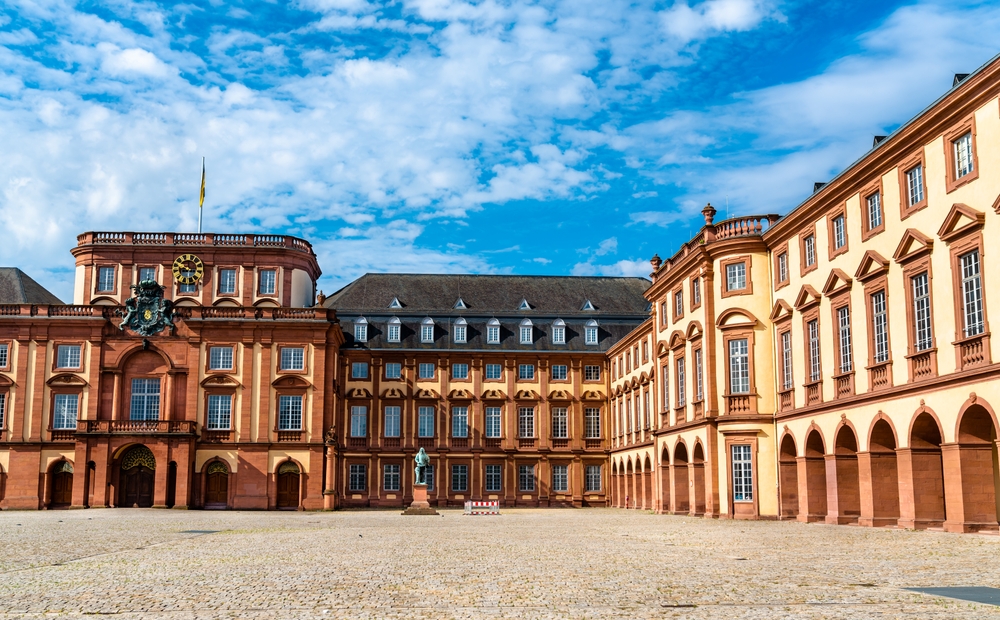
Mannheim Palace in Germany covers 60,000 square meters and was built in the 18th century as the residence of Charles III Philip, Elector Palatine. Though heavily damaged during World War II, it was restored and now houses the University of Mannheim. It is considered one of the largest Baroque palaces in Europe. The palace features a grand facade, extensive gardens, and beautifully decorated interiors. Today, visitors can tour the palace and learn about its history through guided tours and exhibitions.
Neuschwanstein Castle
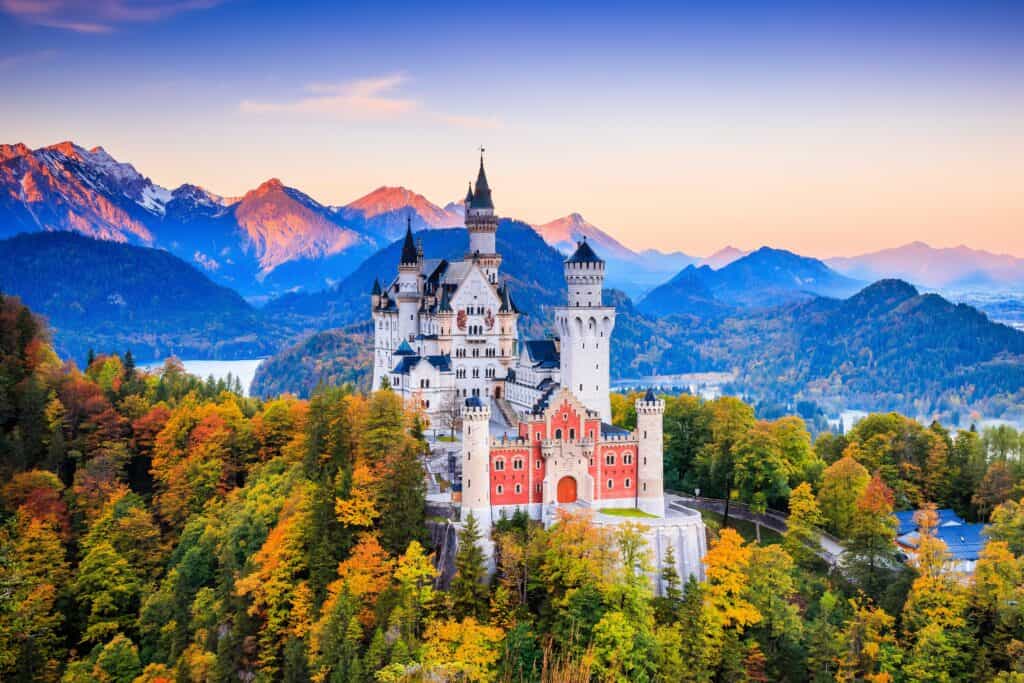
Neuschwanstein Castle in Bavaria, Germany, covers 65,000 square feet. Built in the 19th century by King Ludwig II, this fairy-tale-like castle features tall towers and intricate frescoes, surrounded by the stunning Bavarian Alps. Despite its medieval appearance, it was equipped with modern technology like running water and heating. Its design was heavily inspired by medieval European architecture, and it served as the inspiration for Disney’s Sleeping Beauty Castle. Although it was never fully completed due to Ludwig II’s untimely death, it remains one of Germany’s most visited tourist destinations.
Alhambra
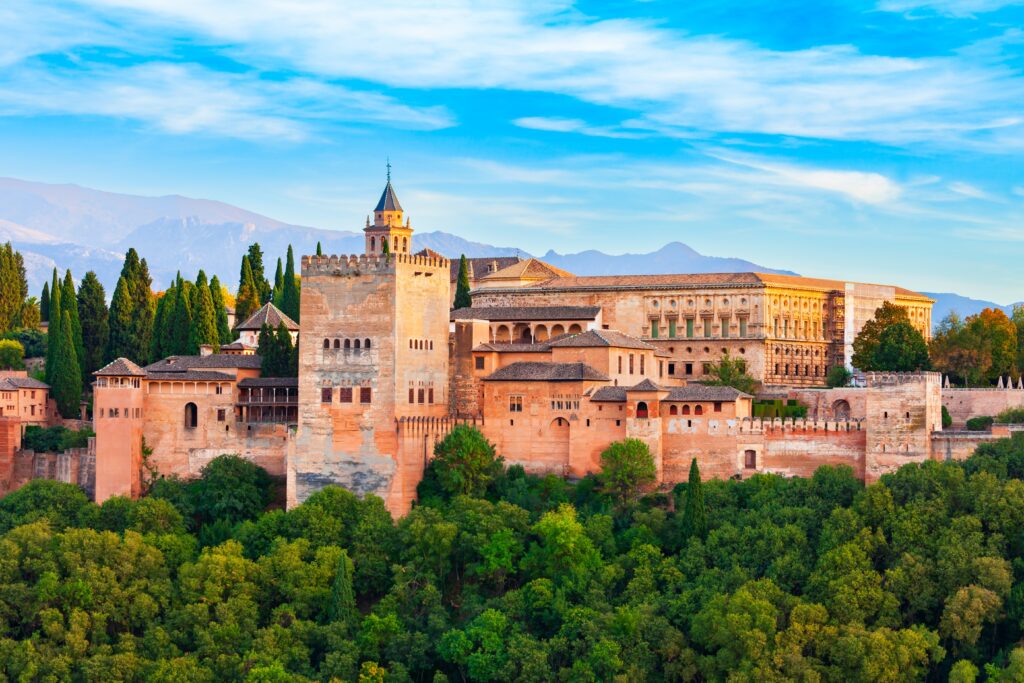
Located in Granada, Spain, the Alhambra spans around 142,000 square feet. This Moorish palace complex was initially built in the 9th century and expanded by the Nasrid Dynasty during the 13th and 14th centuries. It showcases intricate tilework, stunning courtyards, and the iconic Court of the Lions. With its rich history, it was declared a UNESCO World Heritage Site in 1984. This palace remains one of Spain’s most visited landmarks, attracting millions annually with its combination of military strength and artistic beauty. The surrounding gardens and the stunning backdrop of the Sierra Nevada mountains add to its allure.
Edinburgh Castle
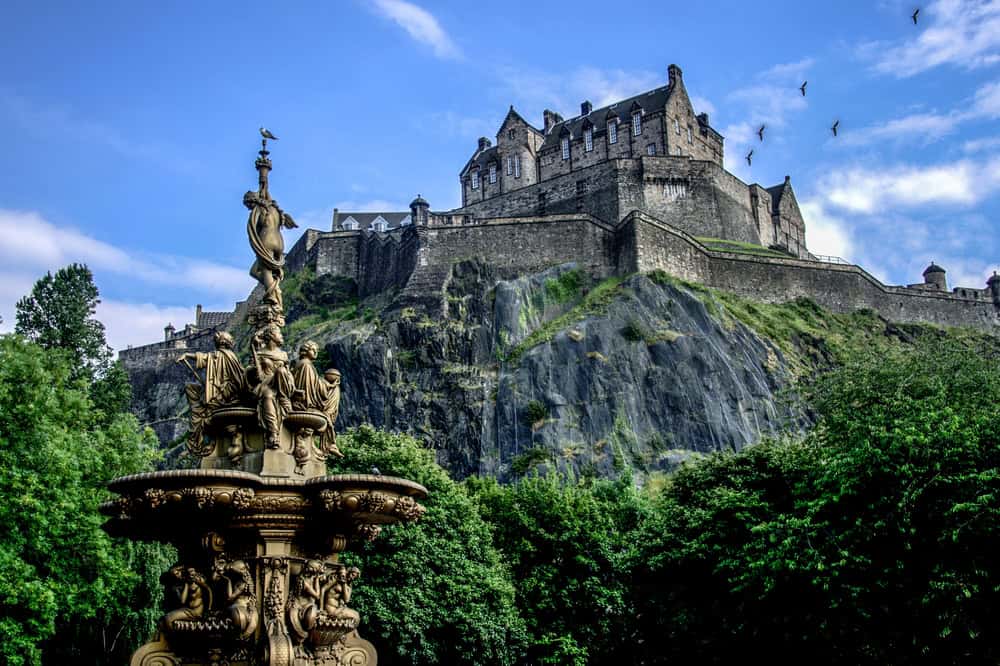
Edinburgh Castle in Scotland spans roughly 357,000 square feet and has been a strategic military fortress and royal residence since the 12th century. Positioned on Castle Rock, it has been the site of many historic battles, including during the Wars of Scottish Independence. Its location provides visitors with breathtaking panoramic views of the city and surrounding landscape. It is one of Scotland’s most visited landmarks, housing the Scottish Crown Jewels and the Stone of Destiny. Its Great Hall and St. Margaret’s Chapel are notable attractions, offering a glimpse into Scotland’s royal past. In addition to its historical significance, it also hosts the annual Edinburgh Military Tattoo, a world-renowned military performance.
Buda Castle
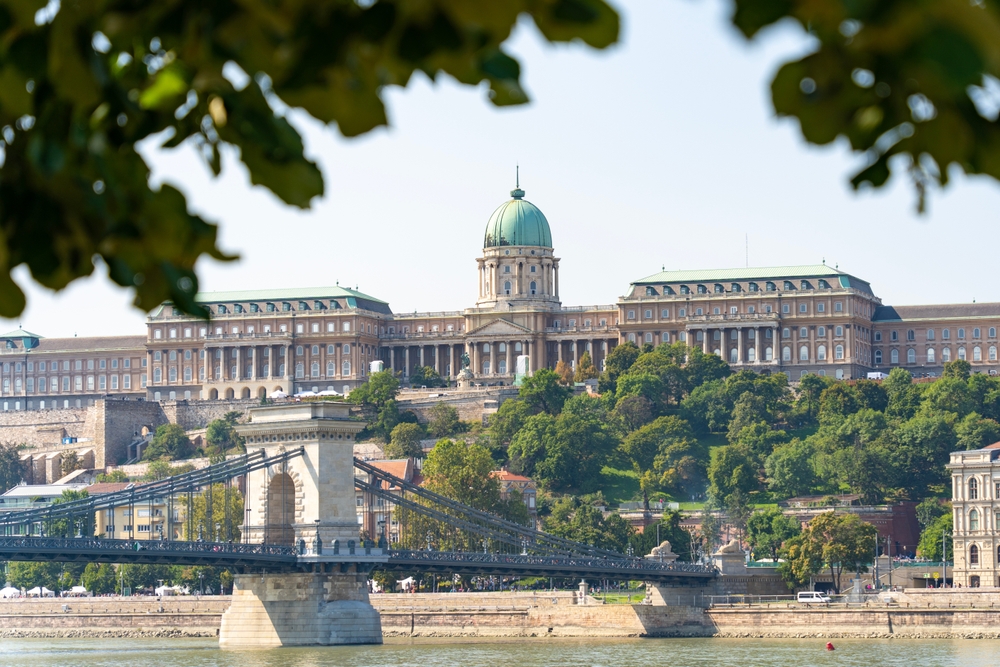
Buda Castle, located in Budapest, Hungary, covers 480,866 square feet. Originally built in the 13th century and later reconstructed in the 18th century, it served as the residence of Hungarian kings. The castle sits atop Castle Hill, offering stunning views of the Danube River. It has been rebuilt several times throughout its history, particularly after suffering damage in World War II. Today, it is home to multiple museums and remains a prominent symbol of Hungarian heritage. The complex also hosts cultural events and art exhibitions, drawing visitors from all over the world. In addition, its gardens provide a peaceful retreat with scenic views of the surrounding city.
Spiš Castle
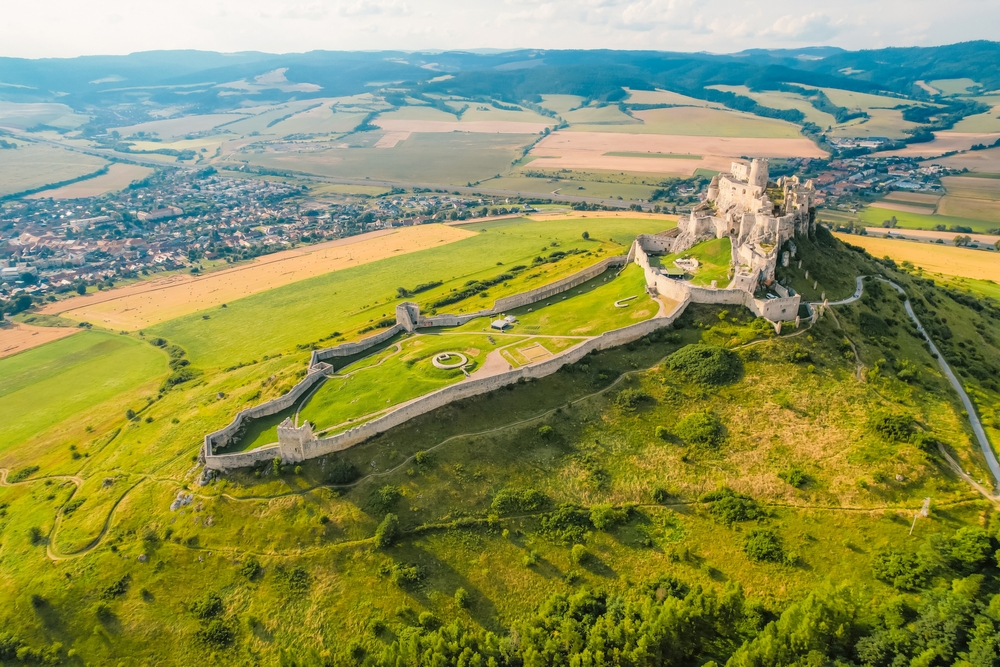
Spiš Castle in Slovakia covers approximately 532,652 square feet and was built in the 12th century. Originally designed in a Romanesque style, it was later reconstructed in a Gothic style during the 15th century. It served as a major political and economic center for the Kingdom of Hungary before falling into ruin after a fire in the 18th century. Today, it is a UNESCO World Heritage Site and attracts visitors for its scenic views and historical importance. The ruins of the castle have also appeared in films, further cementing its place in pop culture.
Château de Chambord
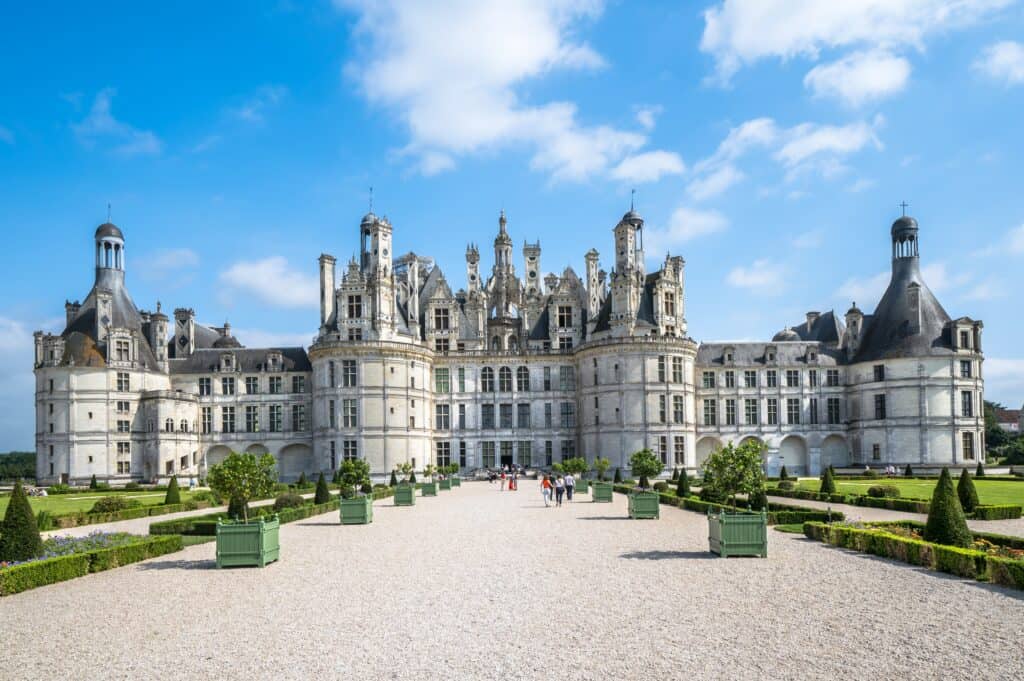
Château de Chambord in France spans a vast 544,000 square feet. Built in the 16th century during the reign of King Francis I, this castle is renowned for its French Renaissance architecture and distinctive double-helix staircase, which may have been designed by Leonardo da Vinci. Originally intended as a hunting lodge, it grew into one of the grandest royal residences in Europe. The castle and its extensive parklands are now a UNESCO World Heritage Site, attracting thousands of visitors annually.
Windsor Castle
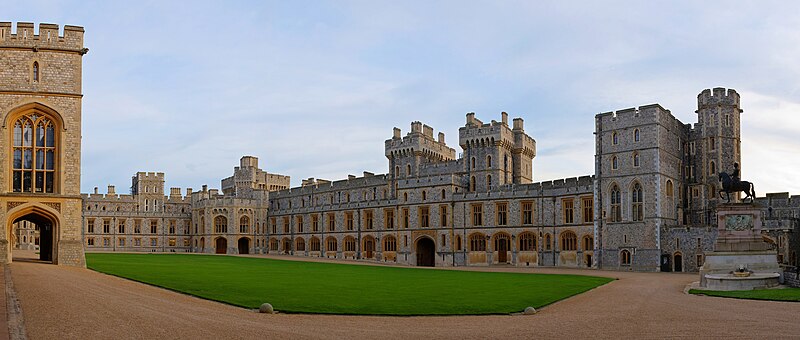
Windsor Castle, located in Berkshire, England, covers approximately 590,239 square feet. Built in the 11th century, it has served as a royal residence for over 900 years and remains one of the Queen’s official residences. It features impressive architecture, including the iconic Round Tower and St. George’s Chapel, which hosts royal events. It is also home to a vast library containing works by Leonardo da Vinci and Michelangelo. Despite a fire in 1992, it has been fully restored and continues to welcome visitors from around the world.
Hohensalzburg Fortress
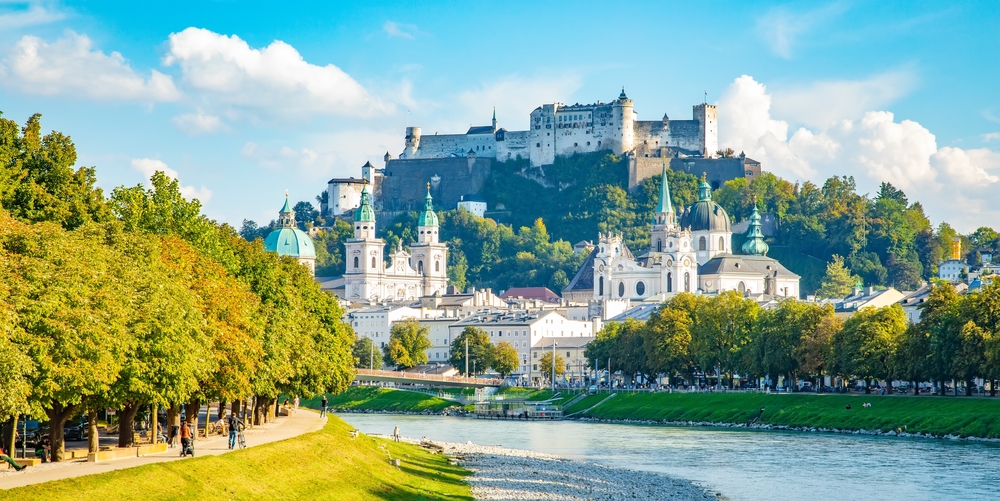
Hohensalzburg Fortress in Salzburg, Austria, occupies an area of approximately 586,880 square feet. Built in 1077, the fortress was expanded multiple times, making it one of the largest fully preserved medieval castles in Europe. It offers panoramic views of the city and surrounding countryside. It remained unconquered throughout its history and briefly served as a prison during World War I. Today, it is a major tourist attraction, offering insight into the history of Salzburg and its rulers.
Prague Castle
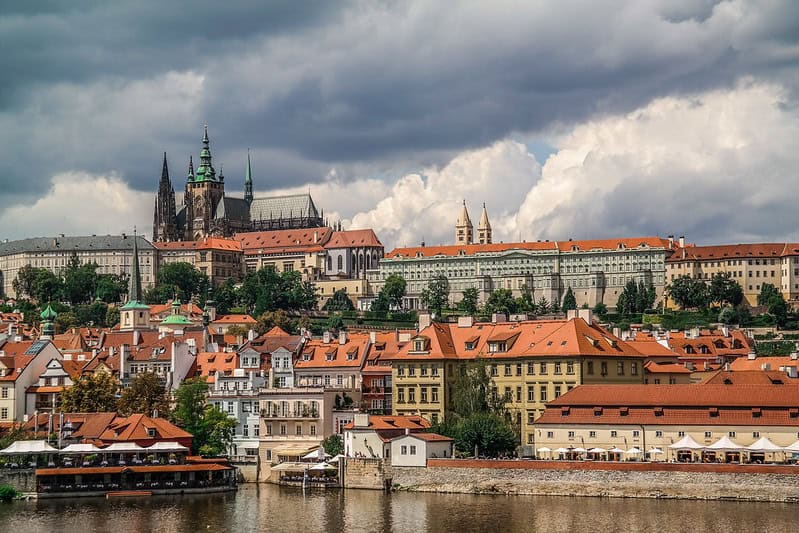
Prague Castle in the Czech Republic covers around 750,000 square feet and is recognized as the largest ancient castle complex in the world. Built in the 9th century, it includes buildings of various architectural styles, from Gothic to Baroque. It has served as the residence of Bohemian kings and Holy Roman emperors, and it is now the official office of the President of the Czech Republic. It is home to St. Vitus Cathedral and the Bohemian Crown Jewels, attracting millions of visitors each year. It remains a symbol of Czech history and culture.
Malbork Castle
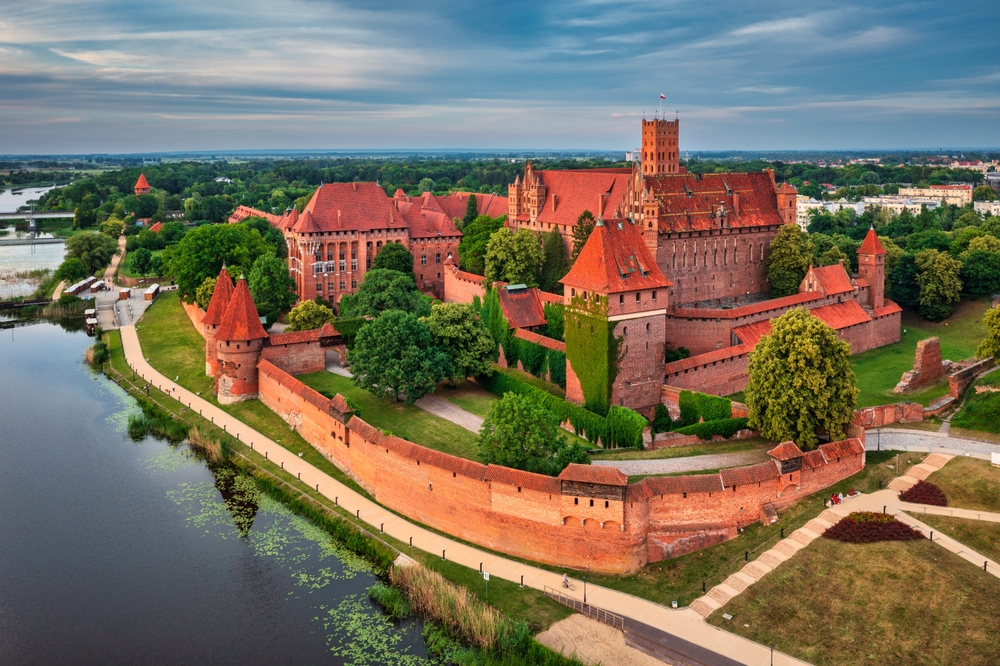
Malbork Castle, located in Poland, is the largest castle in the world by land area, covering 1,543,000 square feet. Built in the 13th century by the Teutonic Knights, this Gothic fortress served as both a military base and a monastery. Its brick construction makes it the largest brick fortress in the world. The castle underwent several expansions throughout history and was heavily damaged during World War II but has been fully restored. Today, it is a UNESCO World Heritage Site and a major tourist attraction, known for its historical exhibits and events.
This article originally appeared on Rarest.org.
More from Rarest.org
16 Most Beautiful and Endangered Coral Reefs
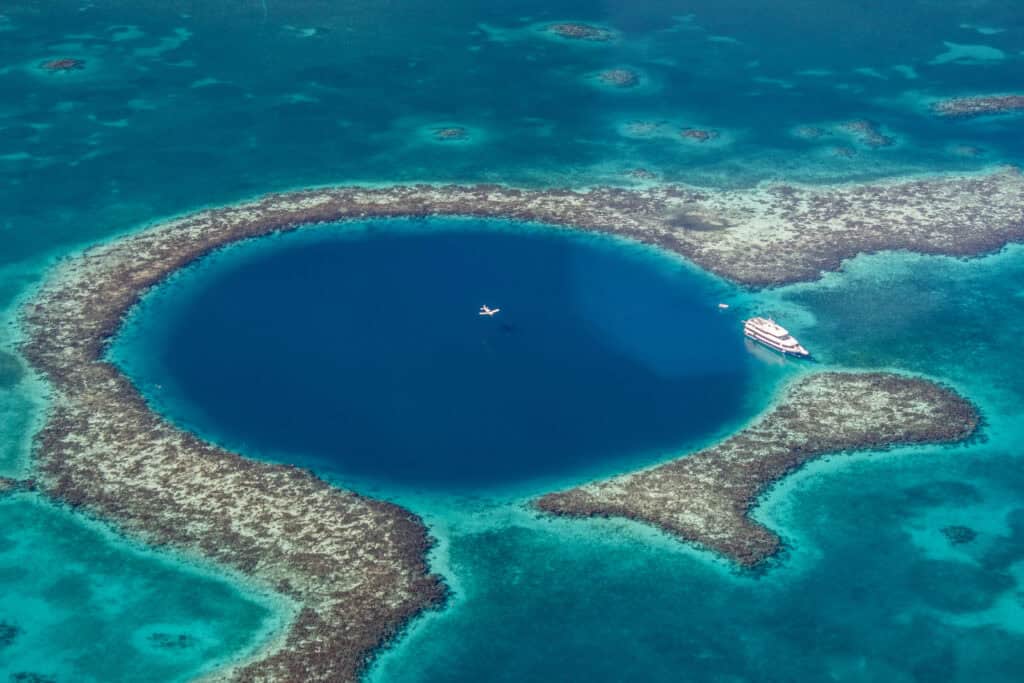
Coral reefs captivate with their stunning colors and rich biodiversity. Yet, these marine treasures face grave threats from climate change and human activities. The following reefs are not only some of the most beautiful but also among the most endangered. Read More.
20 Graceful Marine Mammals That Glide Through the Ocean`s Depths

The ocean is home to some of the most graceful creatures on Earth. Marine mammals glide effortlessly through its depths, showcasing their beauty and power. Read More.
10 Unusual Traditions Practiced by Remote Mountain Communities

Remote mountain communities are home to some of the world’s most unusual and ancient traditions. These customs, shaped by isolation and unique landscapes, are deeply rooted in culture and history. Read More.
